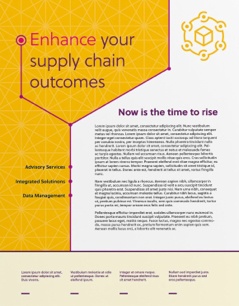It's no surprise that now more than ever procurement and sourcing organizations in higher education are being charged with delivering significant value to their institutions.
But cost reduction is no longer the sole priority. This type of value is measured in things such as cost savings, process efficiencies, cost avoidance, developing strategic relationships, and risk management.
Historically, institutions have had little visibility over purchases let alone the ability to drive buying behavior. Over the past few years, universities on the cutting edge of procurement transformation have adopted the automation required to exploit the more strategic techniques available in the marketplace.
Today, the traditional path for many universities has been to implement systems such as the JAGGAER eProcurement Procure to Pay (P2P) system. This is a very solid, industry-leading tool that allows schools to drive buying behavior by creating user-friendly and efficient processes.
However, even some of the most highly successful organizations may be missing some pieces to the puzzle. Do you have the tools you need to take your organization – and your institution – to the next level?
If you aren’t looking ahead, you may be left behind.
Reinforce your foundation
Coming from a Big 12 University that went down this same path of implementing P2P first, I know the value of a continuous improvement mindset. We implemented the basics: spend analytics and P2P process with automating the ability to buy goods and services by accessing preferred categories and driving overall buying behavior – all with great success.
But we knew we weren’t done.
We began the search for what would create true, lasting transformation for our institution. This next “big thing?” An automated strategic sourcing tool, such as JAGGAER’s Sourcing Director.
Without technology, you may be less effective and efficient as an organization. We are all familiar with the very labor-intensive and antiquated process that is manual sourcing… pulling up past RFPs, shuffling through files to understand prior decisions, reinventing the wheel every time you source.
Just as eProcurement tools quicken the requisition process, Sourcing Director delivers much-needed automation. It allows you to create an efficient and repeatable process. It arms your team with the tools they need to become even better at sourcing, competing in more competitive events per year with less effort and leading to an increase in total savings.
Contract Management
Maybe your gap is a true contract-management solution.
There is nothing worse than negotiating a great contract only to not be able to access that content. The lost savings can be significant, and more importantly, detrimental to procurement’s ability to negotiate future deals.
Credibility in the partnership between buyers and sellers is critical, and if you can’t deliver on your end of the bargain, problems will arise.
Tools like JAGGAER Total Contract Manager help organizations address these gaps: from streamlining the creation and management of the contract process to ensuring visibility to existing contracts, and perhaps most importantly, tying your requisitioning process to a valid contract.
Whether a contract is about to expire or you miss rebate tiers, having this type of visibility is key. A contract management solution is key. Your department will better understand its contracts – and you will be better prepared to tee up future negotiations or sourcing opportunities.
Additional Gaps
If personnel turnover is an issue at your institution, you’re not alone. You might have a great category manager that leaves – taking along critical knowledge of the items they’ve sourced.
Among its many other features, Sourcing Director helps fill this gap too. It allows you to create a document repository, noting the history of sourcing events and vendors so that you’re not starting from scratch.
Though strategic sourcing and contracts are perhaps two of the most important gaps seen at universities, they are certainly not the only ones. Have you considered spend analytics? Inventory and chemical management? Supplier onboarding?
Become the Leader Your University Needs
Whatever the missing piece, remember that what is important is a focus on continuous improvement – always looking to evolve, to go from “good” to “great". You’re already on the right path.
So bridge those gaps. If you’re serious about becoming a leader in your organization and increasing the value that your procurement team brings to the institution, take a look at your greater technology footprint. If it doesn’t include a broader set of source to settle tools, you may need to consider adding these tools – if not now, then in the future.
If you need help assessing your technology gaps and developing a strong business case to support the investment in these critical enabling tools, or if you simply need help implementing these tools, feel free to reach out to me. I’d love to meet you and understand how I can help in your journey.






Comments